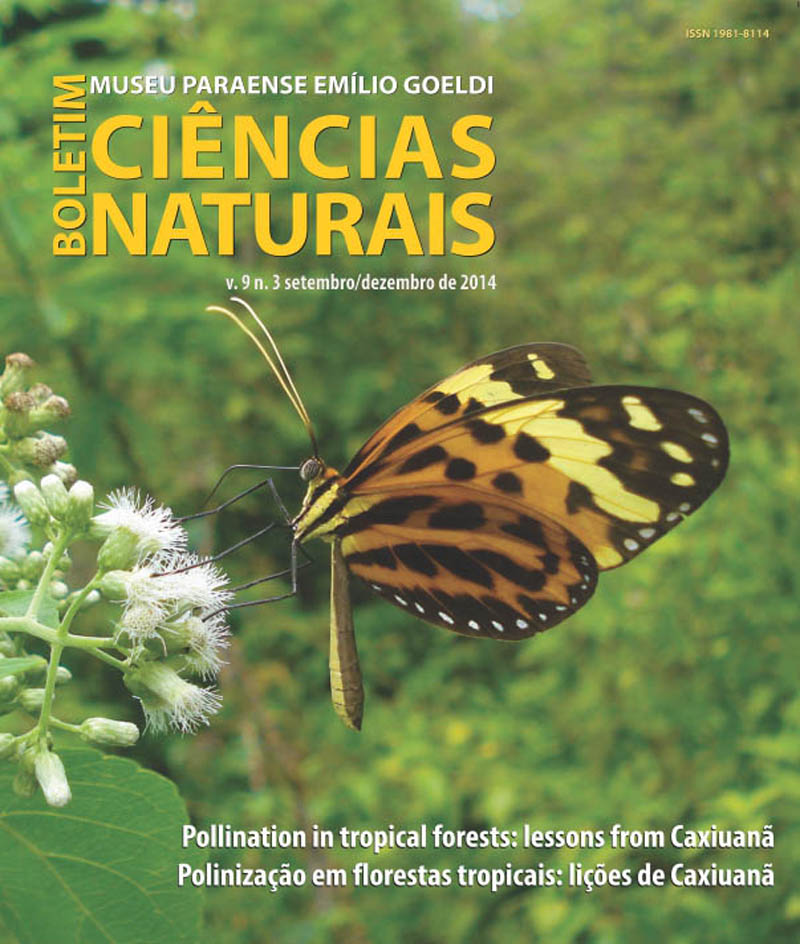Comparative leaf anatomy of Uncaria tomentosa (Willd. ex Roem. & Schult.) DC. and Uncaria guianensis (Aubl.) J.F. Gmel. (Rubiaceae)
DOI:
https://doi.org/10.46357/bcnaturais.v9i3.516Keywords:
Medicinal plants, Pharmacobotany, Herbal drugsAbstract
Uncaria tomentosa and U. guianensis, popularly known as ‘cat’s claw’ are widely marketed lianas, whose anti-inflammatory action justifying them as object pharmacognostic research. This study sought to characterize the leaf anatomy of these two species of Uncaria to establish parameters for distinguishing between them so that data obtained can be used as reference tests for quality control of pharmaceutical samples, in order to verify the botanical authenticity. Samples were collected in the garden of medicinal plants of the Federal Rural University of Amazonia and EMBRAPA Amazônia Oriental, Belém, Pará, Brazil, and analyzed by usual techniques of plant anatomy. Both species have paracytic stomata and tectores trichomes only on the abaxial face. The mesophyll is dorsiventral, with the palisade chlorenchyma arranged in two layers in U. guianensis and unstratified with underlying spongy chlorenchyma cells tending to palisade in U. tomentosa. The midrib is biconvex and the vascular system differ the two species. Petiole adaxially presented prominences and collateral vascular bundle. In all sections, it was possible to note the presence of secretory idioblasts. Therefore, these species have peculiar anatomical characters that can be used for the distinction of their respective herbal drugs.
Downloads
Published
Issue
Section
License
Publication means fully assigning and transferring all copyrights of the manuscript to the journal. The Liability Statement and
Assignment of Copyrights will be enclosed with the notice of acceptance. All the authors must sign the document and return it to the journal.






